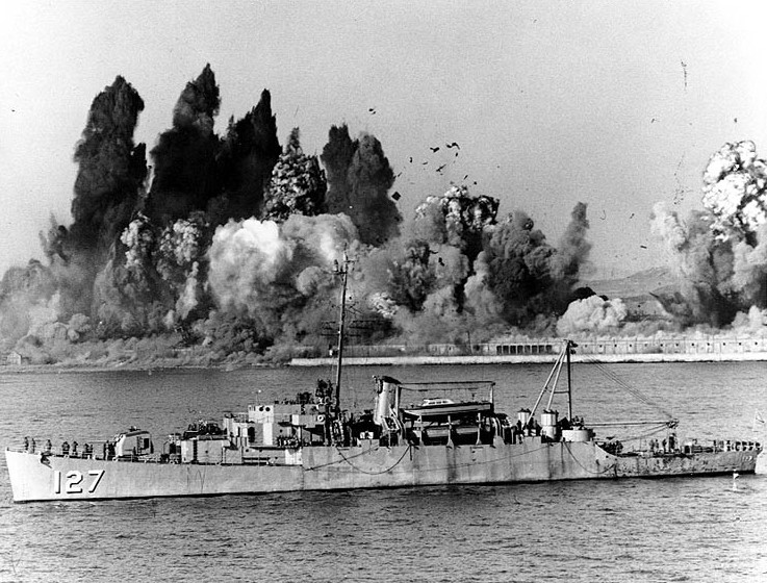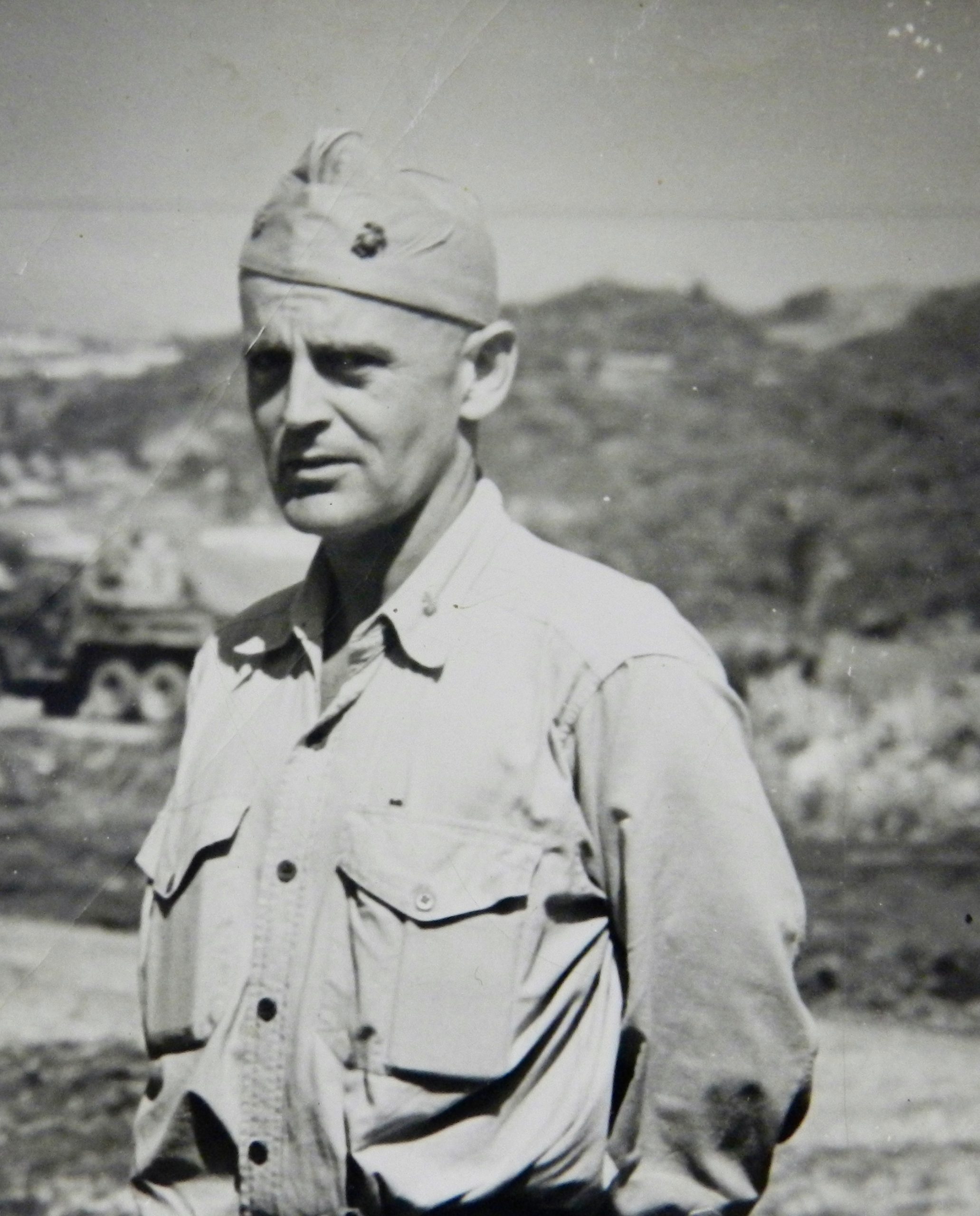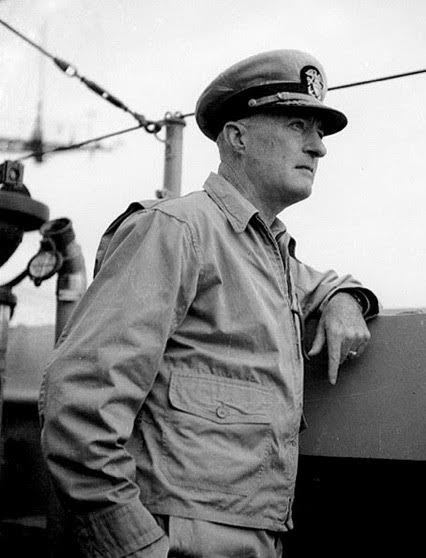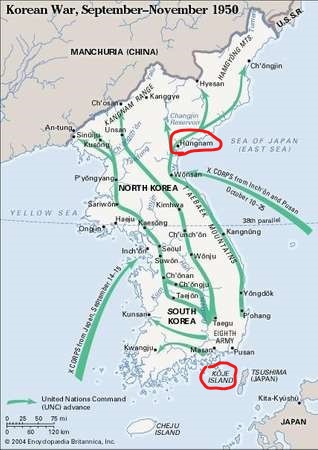The Best Christmas Present Ever
Seventy years ago, US Navy demolition teams, Army engineers, and hundreds of other American servicemen, all part of a UN force that weeks earlier had numbered over 100,000, watched as a massive explosion - the largest since World War II - erupted over a small port in North Korea.
With docks, warehouses, and wharfs bursting into flames, concussions rocking the waterfront, and grey mushroom clouds lingering over the harbor, the largest amphibious withdrawal of the Korean War and the greatest seaborne evacuation of civilians, under combat conditions, in US history had come to a climactic end.
In what is today remembered as the “Hungnam Evacuation,” named for the port city in which the operation took place from December 9 - December 24, 1950, the Christmas Eve explosion – caused by tons of explosives that had been rigged throughout the harbor by the withdrawing Americans – obliterated the port. Minutes later, Chinese soldiers entered Hungnam.
By the next day, the operation was front-page news across America. The lead story in The New York Times read: “Evacuation of Hungnam Completed . . . UN Fleet Brings Out 105,000 Soldiers and 100,000 Refugees.”
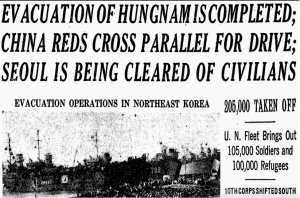
PC: NY TImes
President Harry Truman, realizing a catastrophe had been avoided and US forces would live to fight another day, was elated. “I thank God for the success of the Hungnam operation,” he told Omar Bradley, the Chairman of the Joint Chiefs of Staff during a 1am Christmas call. “It is the best Christmas present I’ve ever had.”
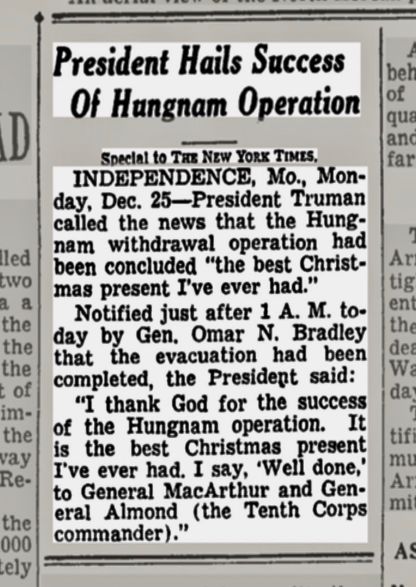
PC: New York Times
Sometimes referred to as the “Korean War’s Dunkirk,” the evacuation had taken place as a result of the most epic engagement of the Korean conflict: The Battle of Changjin (Chosin) Reservoir, a titanic struggle in which the 1st Marine Division, 31st Regimental Combat Team, 41 Royal Marine Commando, and countless ROK soldiers, surrounded by more than 120,000 Chinese, fought their way 70 miles through snow-covered mountains to Hungnam.
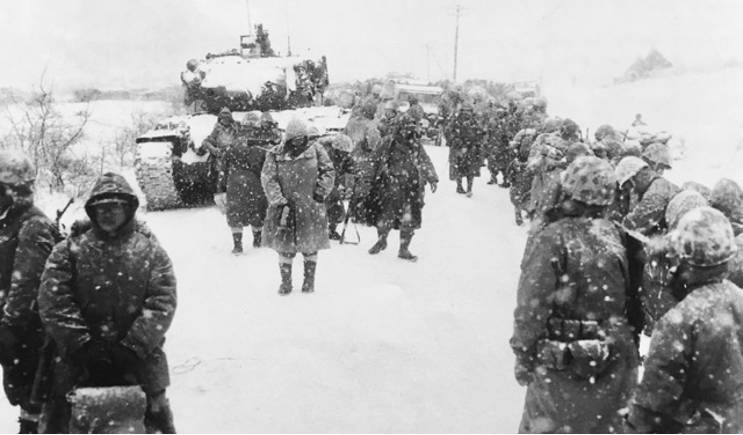
US Marines at the Chosin Reservoir in December 1950 (PC: USMC)
But there was more to the story. Following behind the Americans were tens of thousands of North Korean civilians who hoped to escape through the besieged port, now being protected by a flotilla of US Navy ships that included cruisers, destroyers, carriers, escort carriers, and even the famed battleship, USS Missouri.
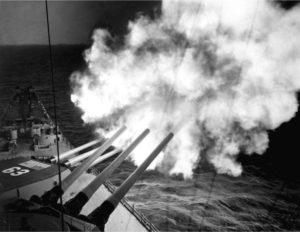
The USS Missouri, firing her 16" guns into the mountains surrounding Hungnam. (PC: US Navy)
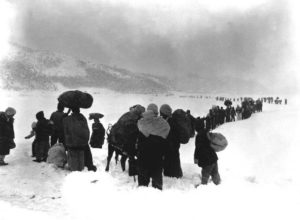
North Korean civilians walking towards Hungnam in December 1950. (PC: USMC Archives)
In what many generals and politicians in the States deemed an insurmountable task, three men – Marine Colonel Edward H. Forney, the evacuation control officer for the operation; Navy Admiral James H. Doyle, the commander responsible for the evacuation’s Naval component; and Hyun Bong-Hak, a Korean doctor assigned to the US Army as a translator and civil affairs officer – came together to pull off the impossible.
Hover on pictures above for captions and click for larger image.
By the last day of the withdrawal, not only had the military personnel at Hungnam – and their equipment, supplies, and vehicles – been loaded onto waiting ships, but 100,000 North Korean men, women, and children had also been saved.
Packed into US Navy and Merchant Marine vessels, the refugees had sailed to freedom on more than 90 American ships, the most famous being the SS Meredith Victory, which transported a record-breaking 14,000 civilians to Geoje Island, South Korea, in a single voyage.
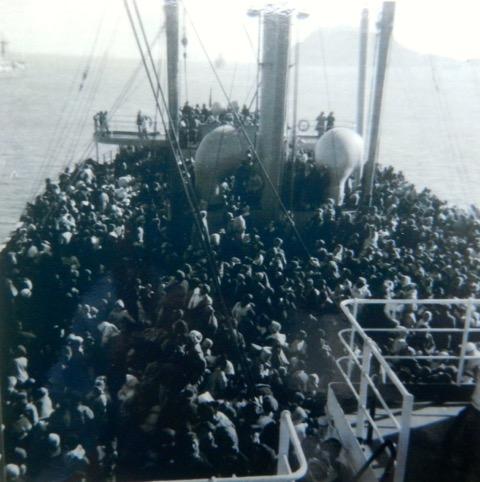
Refugees on board the Meredith Victory. (PC: Bob Lunney)
As we relax with family and friends this holiday season, it's fitting that we also pay tribute to those who listened to their “better angels” and despite overwhelming odds made it a priority to do the right thing, for the right reasons, in a very difficult situation.
Today, there are an estimated one million descendants of those rescued at Hungnam living in freedom in South Korea, the United States, and throughout the world. And freedom, as we can all agree, is a priceless gift, one we should never take for granted.
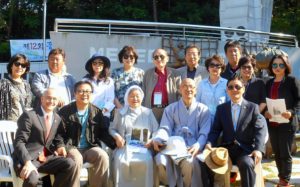
Ned with former Hungnam refugees and members of the Hungnam Evacuation Memorial Committee at the Hungnam Memorial, Geoje Island, South Korea, 2017.
